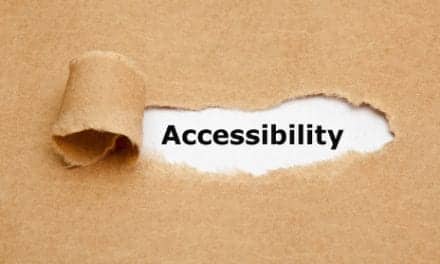Thanks to medical advancements, there are more people living with disabilities today than there were 10, 20 or 50 years ago. This has allowed clinicians to learn from those who are aging with disabilities to develop best care practices for others.
Susan Johnson Taylor, OTR/L, is an occupational therapist who has been practicing in the field of seating and wheeled mobility for 35 years, primarily at the Shirley Ryan Abilities Lab (formerly the Rehabilitation Institute of Chicago). She believes that having a better understanding of the aging process of a disability can lead to better client care.
“Understanding the medical, functional and psycho-social effects that can be experienced when a client is aging with a disability assists us in suggesting interventions. These effects would be considered secondary impairments,” shares Taylor. “With this information, we can better determine when the client might benefit from new technology, or make the right referrals when technology itself is not the answer.”
Understanding a client’s situation is key to providing care, but it’s also helpful to learn from other examples. The catch is knowing where to find the right information, and what’s of the greatest value. Taylor shares some resources she finds helpful in our online library.







